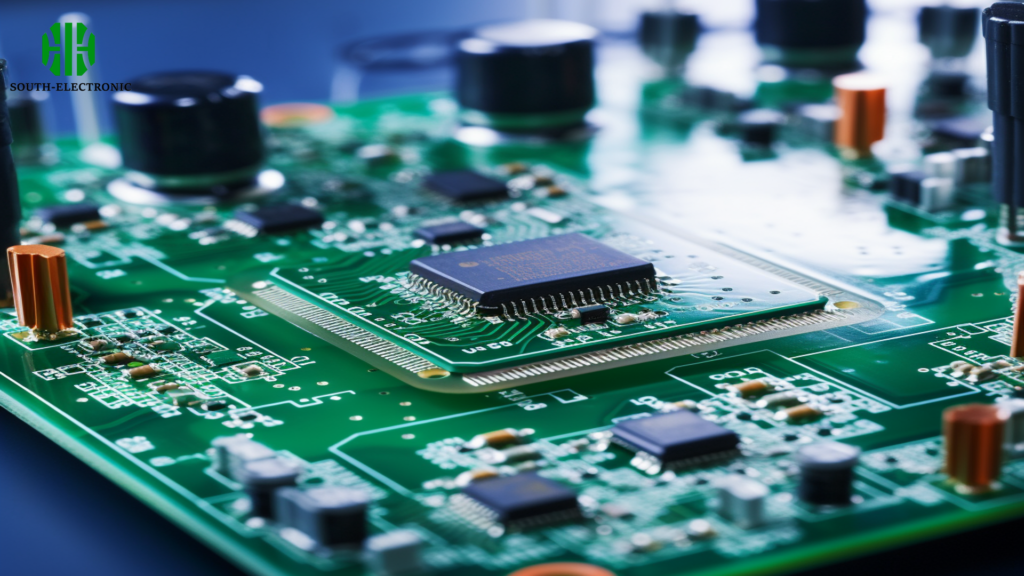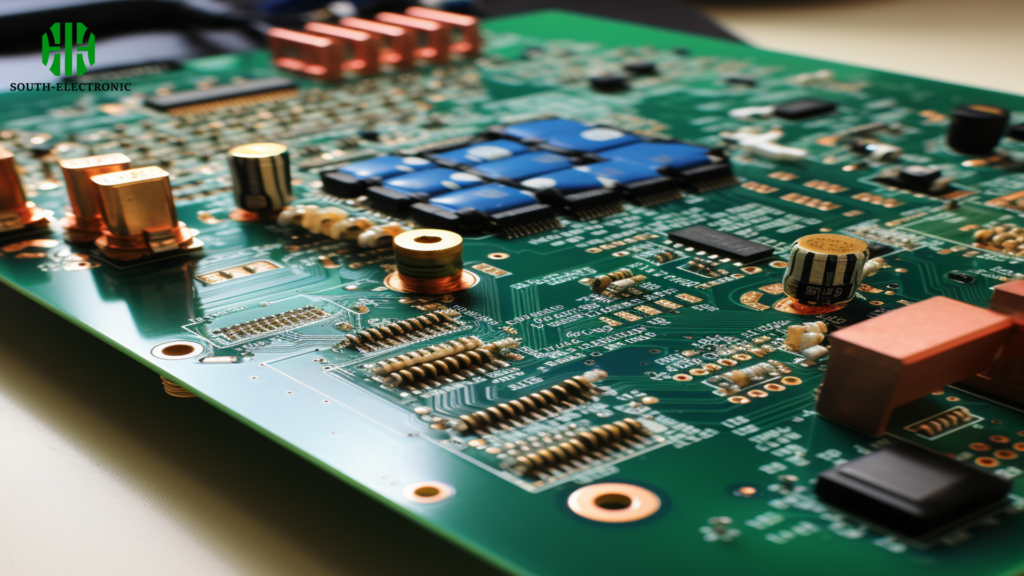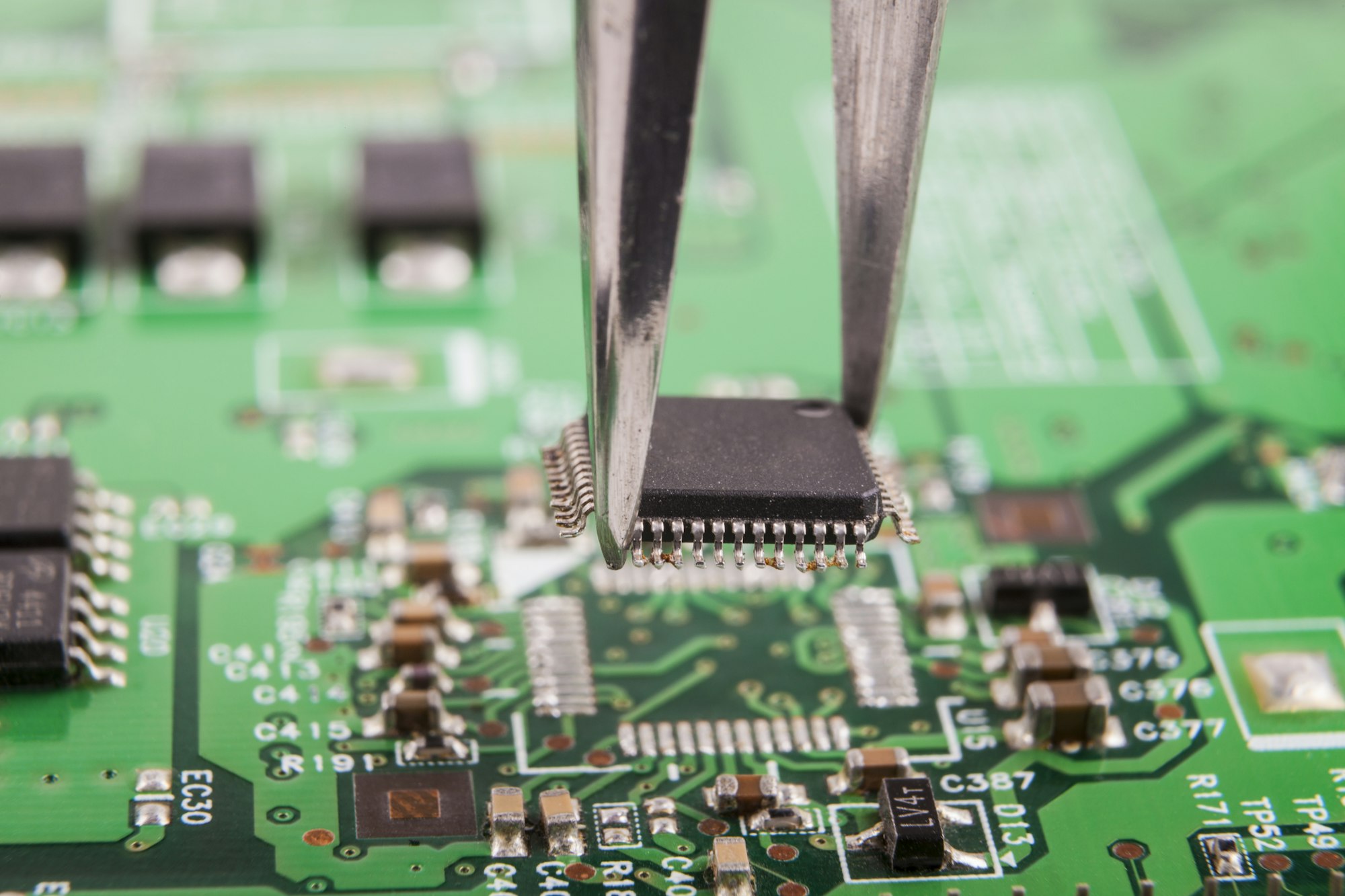Introduction
In the complex landscape of electronic devices, the printed circuit board (PCB) emerges as the critical backbone, orchestrating the seamless operation of all associated components. Yet, the presence of contaminants such as flux residues, dust, and oils poses a significant threat to the PCB’s functionality, demanding an exacting cleaning regimen. The challenge escalates when addressing sensitive components, as the tolerance for errors dramatically decreases.
Identification and Protection of Sensitive Components
The cleaning journey begins with the precise identification of components that are especially prone to damage. This spectrum includes, but is not limited to, microprocessors and capacitors, each with distinct vulnerabilities to chemicals, temperature fluctuations, and mechanical stress. Following identification, prioritizing the protection of these components is critical. Employing strategies such as the deployment of physical shields or the adoption of selective cleaning techniques becomes essential to prevent the cleaning process itself from causing damage.

Selection of Suitable Cleaning Methods
The cornerstone of a successful PCB cleaning operation lies in the judicious selection of cleaning methods. For PCBs featuring sensitive components, the preference leans towards methods that exert minimal mechanical and chemical stress, such as gentle low-pressure sprays, manual cleaning with soft tools, and precisely controlled ultrasonic cleaning sessions. A thorough assessment of the compatibility between cleaning agents and the PCB materials is imperative to circumvent chemical-induced damage. Herein, the cleaning process delicately balances effectiveness with the imperative of gentleness.
Environmental Controls and Preliminary Testing
The conditions under which cleaning occurs significantly influence the safety of sensitive components. Critical environmental parameters, including temperature and humidity, must be meticulously managed to avert thermal shock or moisture-induced damage. Conducting preliminary tests on a non-critical segment of the PCB or a representative sample board is recommended to fine-tune the cleaning agents and methods, thereby minimizing the risk of damage during the comprehensive cleaning of the board.

Inspection and Documentation After Cleaning
Once the cleaning process has concluded, it is essential to conduct a detailed inspection and carry out functional tests on the PCBs. Identifying and addressing any issues promptly during this phase is crucial, as unresolved problems could negatively impact the operational efficiency of the PCBs.
Conclusion
The process of cleaning PCBs, especially those with sensitive components, necessitates a comprehensive and thoughtful approach. Selecting appropriate cleaning methods, ensuring the safety of vulnerable components, and applying rigorous environmental safeguards are essential steps in protecting the integrity of these components. Through thorough testing, detailed assessments after cleaning, and the creation of extensive documentation and training, the risk of damage is greatly reduced.


